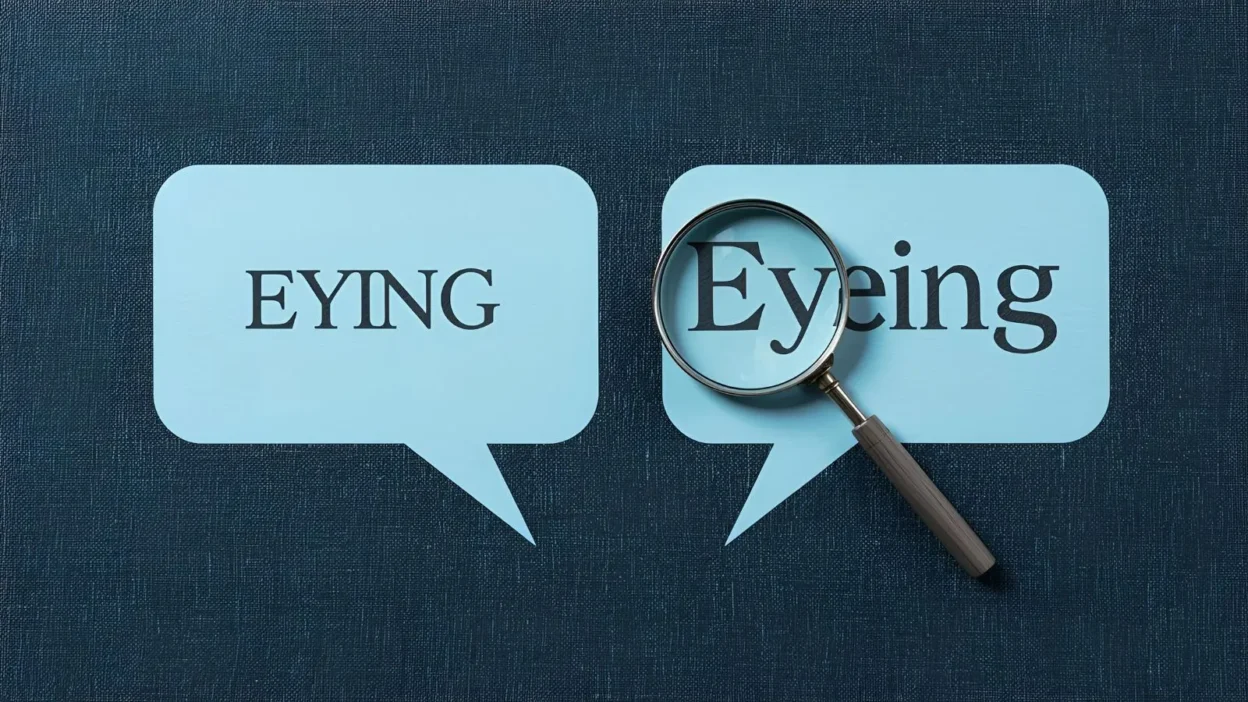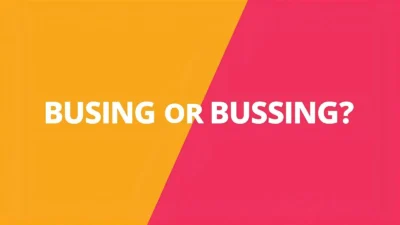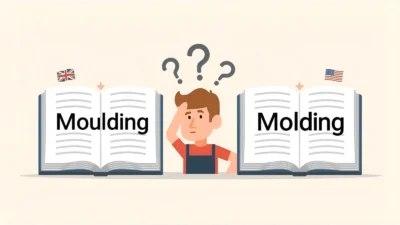English spelling can be tricky, and one word that confuses many writers is “eying or eyeing.” Both look correct, but which one should you use? People often search this keyword when writing emails, essays, or professional content and want to avoid spelling errors
. The confusion comes from regional spelling differences and the fact that the word itself looks unusual when formed from the noun eye. Since English has variations between American and British spelling, it’s normal to see both “eying” and “eyeing” in different places.
This article clears up the confusion with a quick answer, history, regional usage, and examples so you’ll know exactly which form is best for your audience.
Eying or Eyeing – Quick Answer
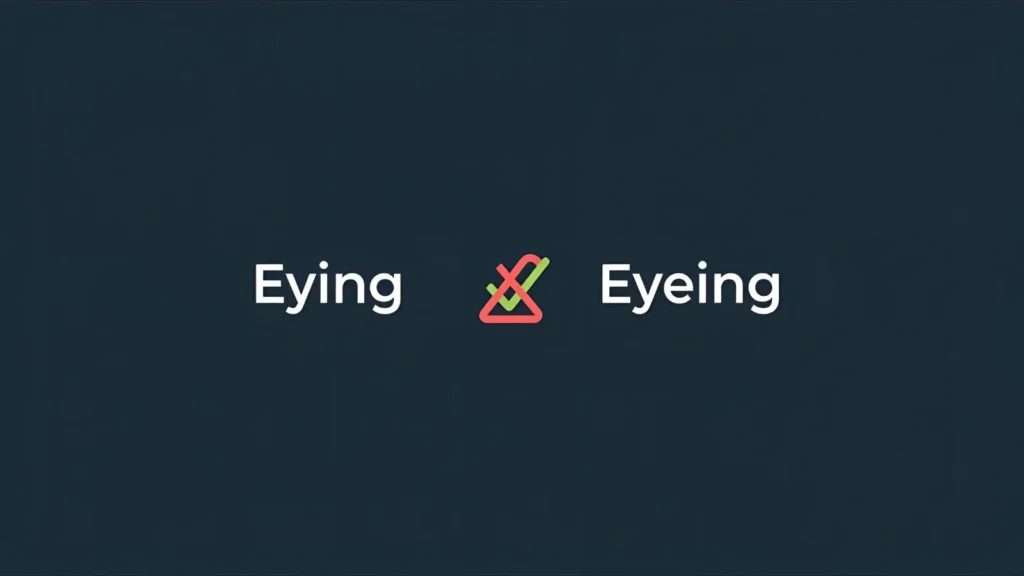
Both eying and eyeing are correct, but eyeing is far more common worldwide.
- Eyeing → Preferred spelling in American and British English.
- Eying → Less common, still correct, used as a variant in some dictionaries.
✅ Example: “She was eyeing the last piece of cake.”
✅ Example: “He kept eyeing the job promotion.”
The Origin of Eying or Eyeing
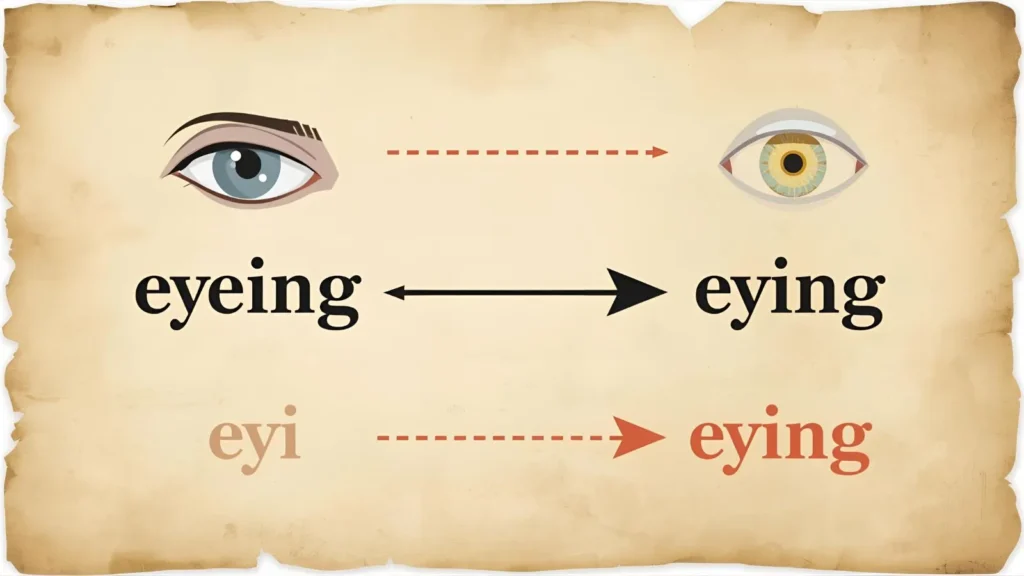
The word comes from the verb “to eye”, meaning “to look at closely or with interest.”
Historically, both spellings appeared because writers were unsure how to add the -ing ending to “eye.” Some dropped the “e” (making eying), while others kept it (making eyeing). Over time, eyeing became the dominant form because it looks clearer and avoids confusion with “dying” or “flying.”
British English vs American English Spelling
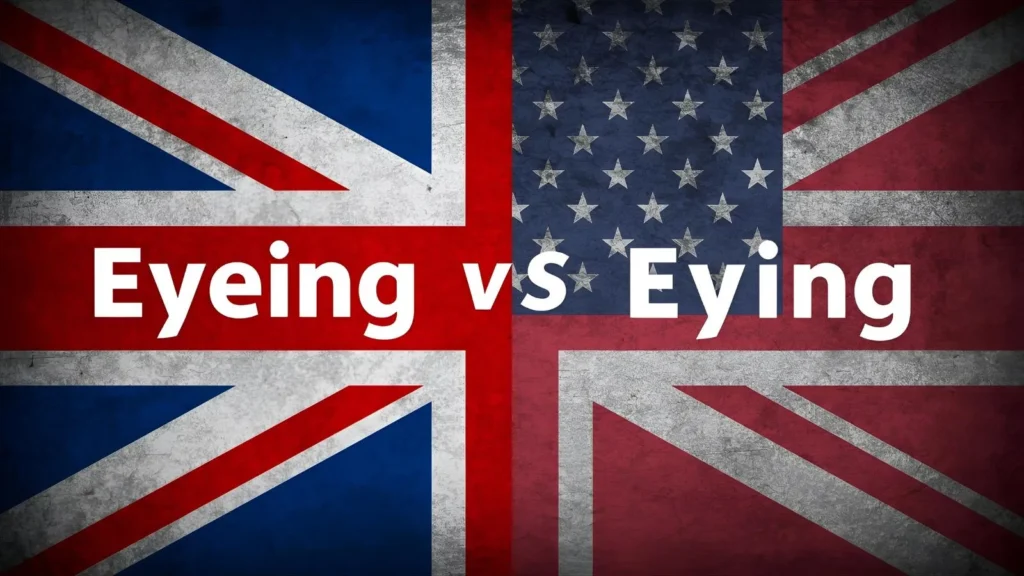
Interestingly, both regions now prefer eyeing. The difference is not as sharp as with other words (like color vs colour).
Examples:
- American English: “The cat was eyeing the fishbowl.”
- British English: “The journalist was eyeing the minister suspiciously.”
Comparison Table
| Spelling | Region/Preference | Example |
| Eyeing | US & UK (standard) | She was eyeing the sale items. |
| Eying | Rare, alternate form | He was eying the trophy. |
Which Spelling Should You Use?
- For American audiences → Use eyeing.
- For British or Commonwealth audiences → Use eyeing.
- For academic, business, or SEO writing → Stick with eyeing since it is universally accepted.
👉 Use eying only if quoting a source that spelled it that way.
Common Mistakes with Eying or Eyeing

- ❌ Writing “eyeng” instead of eyeing.
- ❌ Confusing it with “dying” (completely different word).
- ❌ Mixing tenses incorrectly, e.g., “I am eye” instead of “I am eyeing.”
- ❌ Capitalization errors: titles should still capitalize it → Eyeing the Future.
Eying or Eyeing in Everyday Examples
- Email: “I’m eyeing a new laptop during the holiday sales.”
- News Article: “Investors are eyeing the company’s next big move.”
- Social Media: “👀 Eyeing that new car like…”
- Formal Writing: “The committee was eyeing possible reforms in the education sector.”
Eying or Eyeing – Google Trends & Usage Data
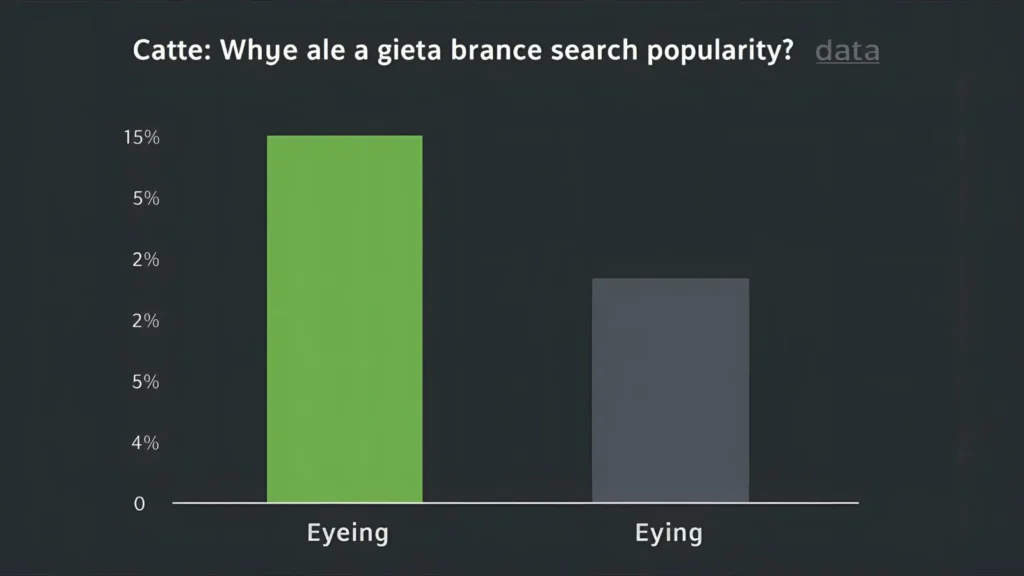
- Google Trends shows eyeing is searched 10x more than eying worldwide.
- US & UK users → Almost always use eyeing.
- “Eying” appears occasionally in older books but is now rare online.
Keyword Comparison Table
| Keyword | Popularity (Search) | Modern Usage |
| Eyeing | High | Standard spelling everywhere |
| Eying | Low | Rare variant |
FAQs
1. Which is correct: eying or eyeing?
Both are correct, but eyeing is preferred.
2. Why does “eyeing” keep the “e”?
To avoid confusion and make the word easier to read.
3. Is “eying” outdated?
It’s still recognized, but rarely used today.
4. Do British people use “eying”?
Not usually. They also prefer “eyeing.”
5. Can I use “eying” in formal writing?
Better to use “eyeing,” as it’s the standard form.
6. Is “eyeing” used in business English?
Yes, often in contexts like “eyeing a deal” or “eyeing an opportunity.”
7. What part of speech is “eyeing”?
It’s the present participle of the verb to eye.
Conclusion
The debate over “eying or eyeing” is easy to solve: while both spellings exist, eyeing is the accepted and most widely used form. Originating from the verb to eye, the word has been spelled both ways in history, but modern usage clearly favors eyeing across American, British, and international English. If you want to write correctly for global readers, business communication, or SEO-friendly content, always choose eyeing. Reserve eying for rare stylistic choices or direct quotations. In short, to avoid confusion and keep your writing professional, go with the safer, more common spelling: eyeing.

